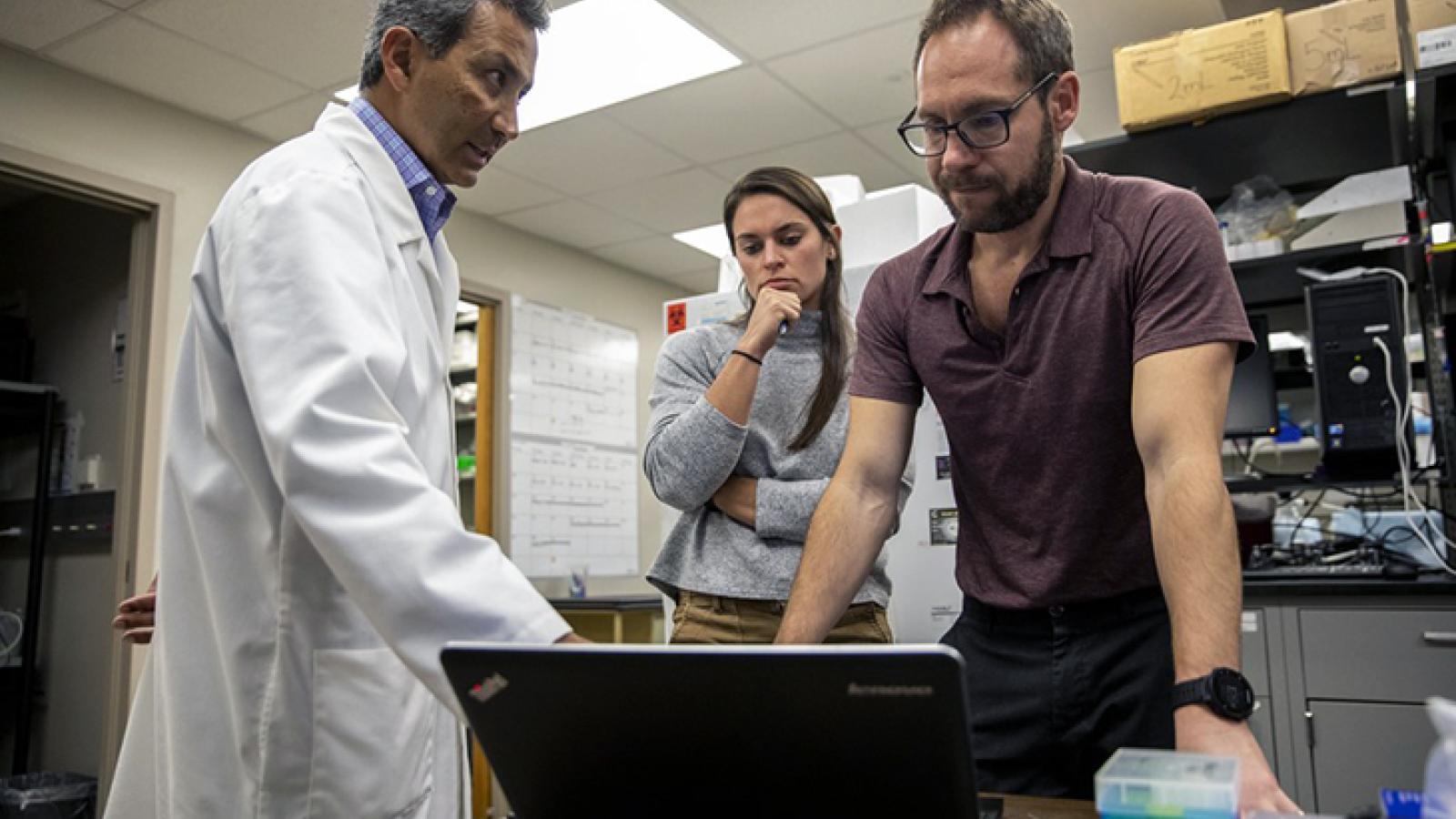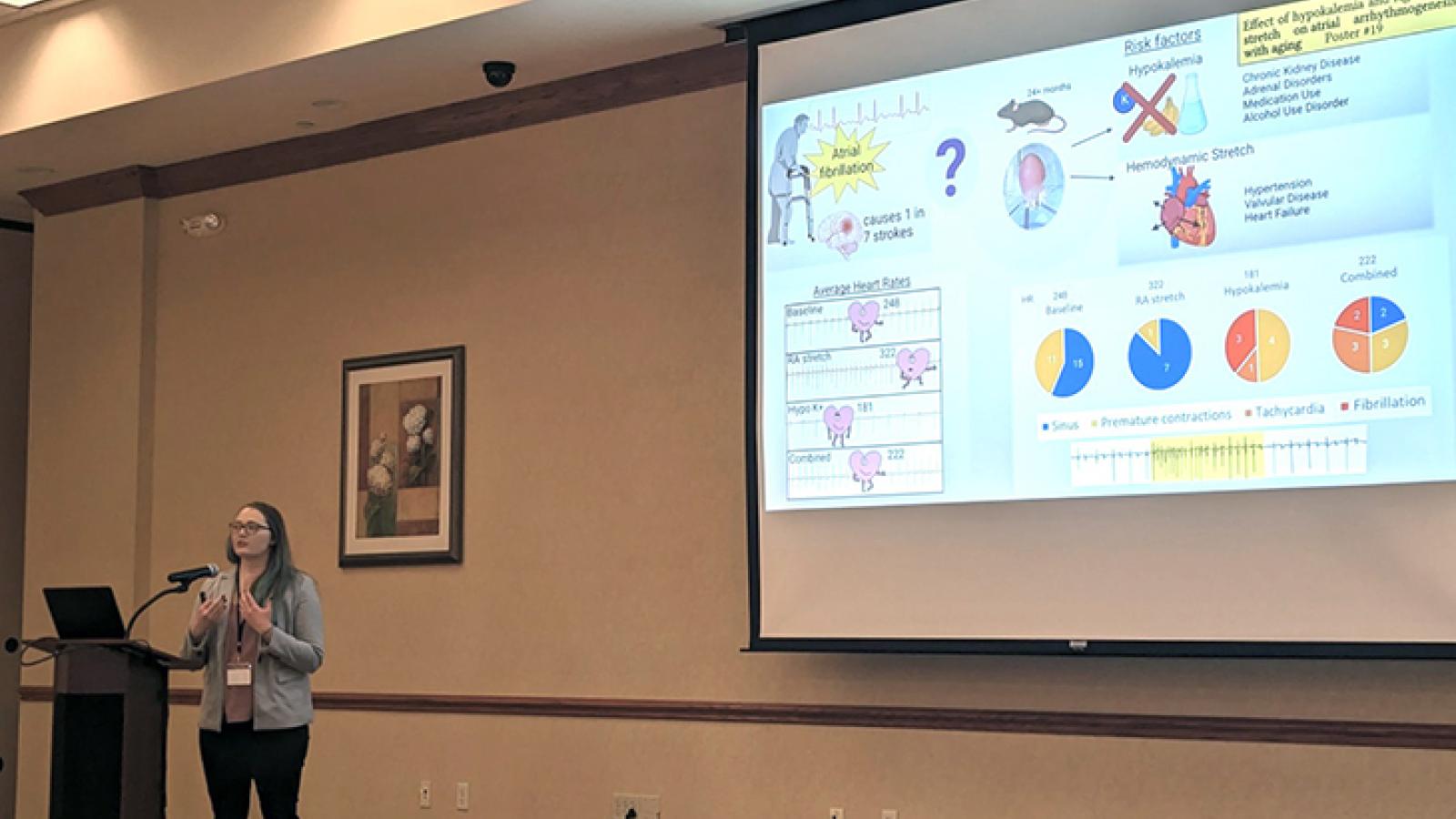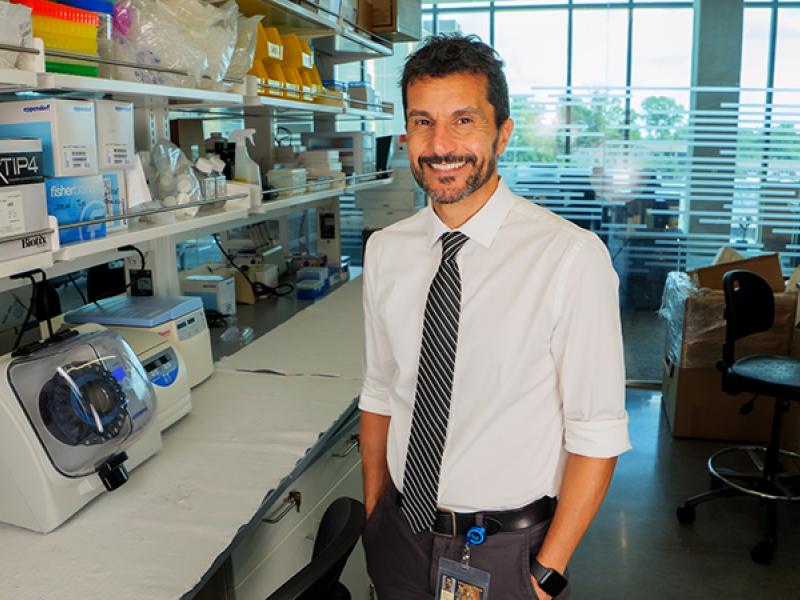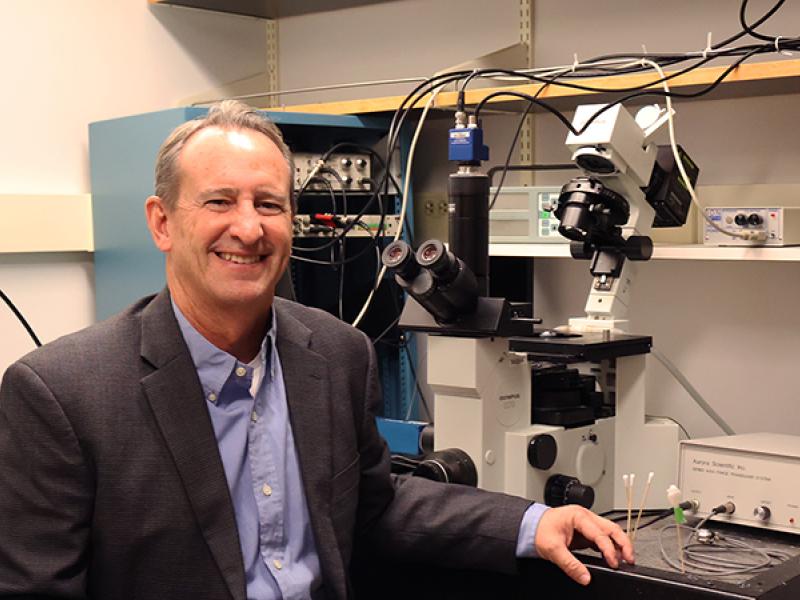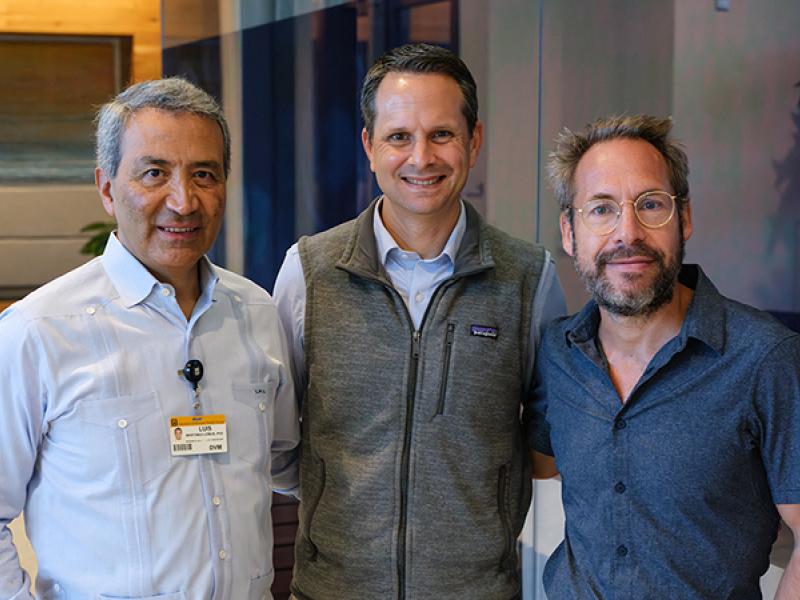The Department of Medical Pharmacology and Physiology (MPP) is a leader in advancing research and educating new scientists.
The department of Medical Pharmacology and Physiology (MPP) is known for outstanding programs in cardiovascular physiology, lymphatics biology, exercise physiology, cancer, and cell signaling. In particular, MPP has a long-standing history in cardiovascular physiology, which was initiated over a half-century ago by Dr. James O. Davis, an internationally recognized leader in research on endocrine mechanisms in hypertension and congestive heart failure. Faculty members recruited by Dr. Davis and subsequent chairs have assumed positions of major responsibility in the worldwide biomedical research community.
The department and its research and teaching facilities are located in the School of Medicine, in the heart of MU Healthcare's expanding campus. Extensive renovations to the Medical Sciences Building are in progress, offering modern lab space, shared core facilities and encouraging collaboration from bench-to-bedside across our system. With an increased focus on research, the School of Medicine completed construction of a new vivarium in 2019. The majority of the facility is barrier containment level, with five specialized procedure rooms, plus separate ABSL-2 and humanized ABSL-2 areas. A flexible Stepdown area and behavioral suite accommodates studies involving animals that enter the facility from outside areas. The building also houses the Cell and Immunobiology Core, the J. Otto Lottes Health Sciences Library and the School of Medicine Biorepository. This repository supports all members of the MU biomedical research community, serves as the tissue bank for Ellis Fischel Cancer Center and collaborates with Siteman Cancer Center's Biorepository at Washington University in St. Louis.
The School of Medicine basic science and translational research programs benefit from a campus-wide culture of collaboration. Collaborative projects involve the Department of Medical Pharmacology & Physiology with faculty and clinicians from other School of Medicine departments, the Harry S. Truman Veteran's Hospital as well as the College of Veterinary Medicine. Just across campus, the National Swine Resource and Research Center ensures access to swine models of human health and disease.
In the Fall of 2021, the NextGen Precision Health building opened. The NextGen building is designed to accommodate a broad variety of teams specializing in cardiovascular pharmacology and physiology, neuroscience, cancer, structural biology, and engineering data science. The NextGen contains 18,000 sq ft of core laboratory facilities, gold standard swine research infrastructure, home to a $30million Electron Microscopy facility, and the world's most advanced imaging suite, with one of the few 7T MRIs in the country, developed in partnership with Siemens.
NextGen Biomedical Informatics, as part of the NextGen Precision Health Initiative and Data Science and Analytics Innovation Center, provides informatics expertise and capabilities to support translational and clinical researchers at all four University of Missouri System campuses, affiliated organizations and external partner organizations. The methods and tools developed and maintained by Biomedical Informatics allow research collaborators and clients to store, integrate, query, analyze and visualize complex data sets. NextGen BMI works closely with MU Health Care and partner health systems in making clinical data available for research.
You will find many great resources across our campus. The Life Sciences Center houses the Advanced Light Microscopy Core, Proteomics Center and the Genomics Technology Core. The Dalton Cardiovascular Research Center contains research space that is principally devoted to investigating cardiovascular phenomena. It is home to the Small Animal Phenotyping Core, housing equipment for high-resolution ultrasound imaging and a Moor FLPI-2 Laser speckle contrast imager, providing non-invasive approaches to data collection.
Other great resources across campus include the Animal Modeling Core, the Mutant Mouse Resource & Research Core, the Rat Resource and Research Core, the Nuclear Magnetic Resonance Facility and the MU Research Reactor.


